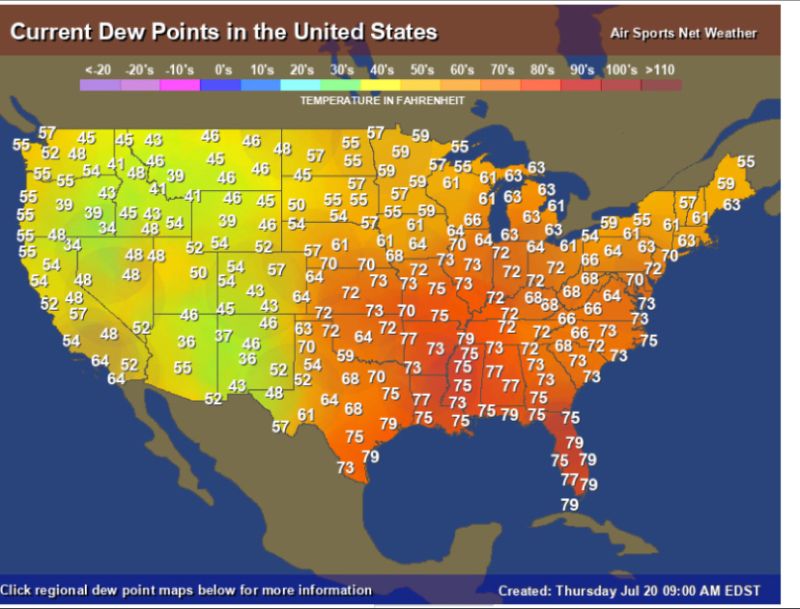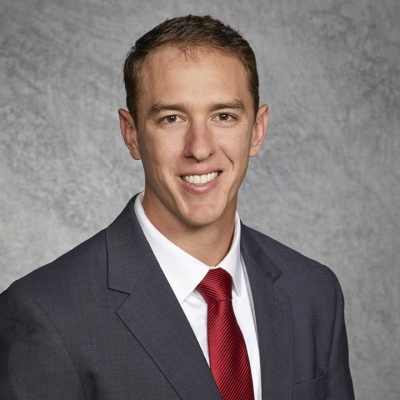When COVID-19 hit in 2020, many facility owners and managers increased fresh air ventilation in their HVAC systems.
Some are still paying the energy penalty for this change.
Throughout 2020, we all grappled with the appropriate response to COVID-19.
We learned pretty quickly that transmission was much greater inside buildings than outdoor settings.
This makes sense, as COVID is an airborne disease and much of the air we breathe inside a building is recirculated.
To combat the disease, many facility owners and managers increased fresh air intake. After all, safety was more important than energy consumption.
Now that the pandemic is (mostly) behind us, it’s time to check in with ventilation standards and the appropriate level of energy consumption.
Here’s the video version of this content:
Energy Usage & Ventilation
One of the largest sources of cooling and heating load is Outside Air.
In very cold or hot/humid climates this is especially true.
The energy needed to remove moisture from air is much larger than the energy needed to cool dry air. This is called “latent load” and is due to the phase change that occurs when moist air condensates on a cold cooling coil.
Below is a picture of a map from July 2023 with Dew Points throughout the Country. You can see that the usual suspects throughout the Southeast are the most impacted by the energy consumed in cooling moist, warm air.
Excess ventilation in these areas can carry a big energy penalty and encourage moisture/mold issues in the space.

How much of a penalty are we talking?
According to this study by UC Davis, a building using 100% outside air will use 45% more energy than a standard building.
100% outside would be an extreme and very unlikely to see outside of specialized applications, but it gives you an idea of the upper bound.
However, standard buildings in hot or cold climates that increased ventilation during COVID saw a 10-20% increase in energy usage.
Key Point
During COVID, many buildings saw increases of 10-20% due to increased ventilation rates.
If this was you and you haven’t adjusted back to normal standards, you are likely still paying this penalty.
Economizer Systems
The above information is based on systems operating during non-economizer hours. Depending on where you’re located, your energy usage may be more or less impacted due to the normal ambient air conditions.
Economizers are systems that bring in fresh air when the temperature and humidity is optimal for cooling rather than using mechanical cooling. Think of it like opening a window instead of running the air conditioning.
In some climates, like Southern California, the outside air conditions are often optimal for this “free cooling”. As such, the increased ventilation implemented during COVID may have not hurt energy usage much at all.
However, in more extreme climates like Texas, Florida, etc. you will pay a net penalty by over-ventilating during non-economizer hours
Economizers, when properly set up and commissioned, are a tremendous way to save energy. Please don’t confuse them with normal ventilation and limit their usage!
ASHRAE Standards
The American Society of Heating, Refrigerating and Air-Conditioning Engineers (ASHRAE) has long established standards for ventilating commercial buildings. These are documented in ASHRAE 62.1.
These standards help designers know how much fresh air to bring in to a building and help prevent “sick building” syndrome.
Sick buildings were a phenomenon that came about in the 70’s and 80’s in the wake of the energy crunch.
In an effort to reduce energy costs, buildings were designed and built with minimal amounts of fresh air ventilation.
Prior to mechanical HVAC systems, buildings tended to be built in a way that allowed a lot of air exchanges naturally. As Air Conditioning became more prevalent throughout the mid-1900’s, buildings became tighter and fresh air was maintained through ductwork.
When ventilation was decreased to save energy, people started getting sick due to the high amount of recirculated air. They also became drowsy, as there is less oxygen in recirculated air.
This can be seen as an increase in CO2 inside a space.
CO2 and Ventilation
Outside Air has a CO2 level of about 450ppm (parts per million). This varies from lower levels in rural areas to higher in urban spaces.
People breathe out CO2, so we can generally determine how much fresh air is needed in a space by measuring the CO2 levels.
Key Point
It is generally accepted that a level around 500ppm above outside air, or 1000-1200ppm, is acceptable inside a building.
If we are much lower than this, either you don’t have a lot of people in the space or you have too much outside air.
If you go above, productivity of occupants will suffer and people may even become sick.
There’s been studies done that show many older schools with failing HVAC systems can run CO2 levels of 3000ppm or higher, resulting in higher absenteeism and lower learning levels.
CO2 Based Ventilation Controls
A popular way to maximize energy savings by modulating ventilation based on levels of occupancy is Demand Control Ventilation (DCV).
This measures CO2 in a space, normally in the Return Air ductwork, and adjusts the fresh air damper accordingly to maintain a set level (usually around 1000ppm).
The savings are greatest in large areas with varying levels of occupancy, like an auditorium.
One potential downside to Demand Control Ventilation is the need to calibrate CO2 sensors. If not calibrated properly and regularly, the space will not be controlled as designed.
For this reason as well as the cost associated with the sensors and associated programming, DCV is generally only used in larger areas. We have seen it used in areas as small as a classroom, but this is generally not cost effective.
During COVID, some buildings disabled their DCV controls or greatly reduced the CO2 set-point to increase the amount of fresh air in a space. This comes with a corresponding energy penalty, so consider re-enabling the sequence and ensuring the sensors are properly calibrated.
Fixed Outside Air Levels
If Demand Control Ventilation is not used, an HVAC unit is normally set to a fixed level based on expected occupancy. These dampers may shut down when the unit is off, but when occupied they ventilate the same regardless of the actual number of people in the space.
During COVID, many facilities manually opened dampers to increase the fresh air. Once a change is made, it is often forgotten.
If your facility made a change and has not adjusted back, consider reimplementing the ASHRAE 62.1 standard levels of ventilation. Now may be a good time to Re-commission the system to make sure all the dampers, actuators, and automation systems are working as designed.
Conclusion
Now that we’re past the pandemic, let’s be sure to continue to be good stewards of energy cost and environmental sustainability. By properly ventilating our facilities, we do not need to compromise the health of occupants in order to also minimize energy usage.
If you have questions, please reach out to us directly.
We can also help with holistic energy and sustainability evaluations, from auditing through commissioning.
Be Blessed,
Ira
Related Reading from Holistic Utility Solutions:
How to Implement a Cost-Effective Energy & Sustainability Strategy
8 Ways an Owner’s Rep Benefits Your Energy & Sustainability Project


